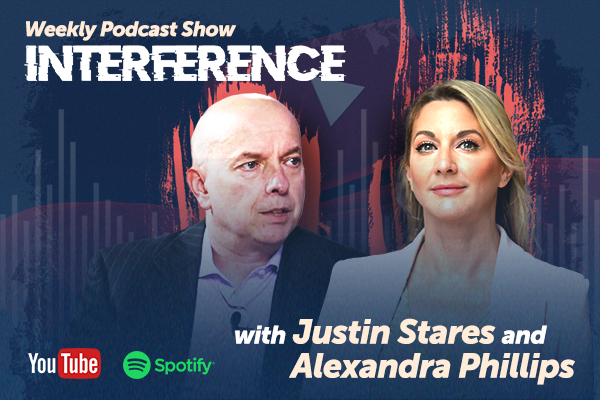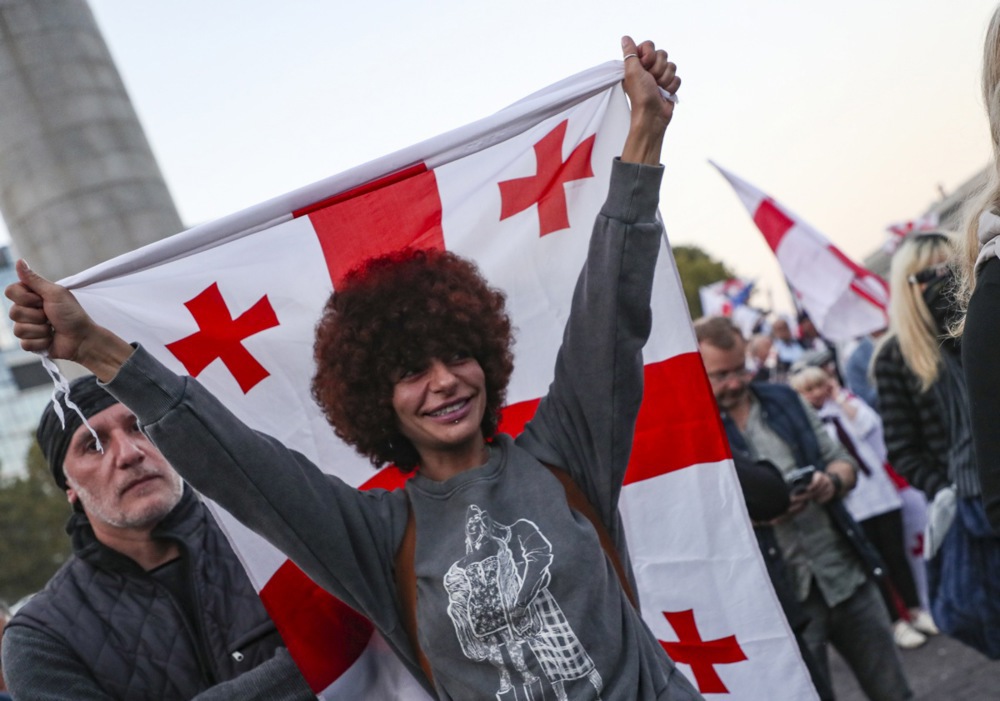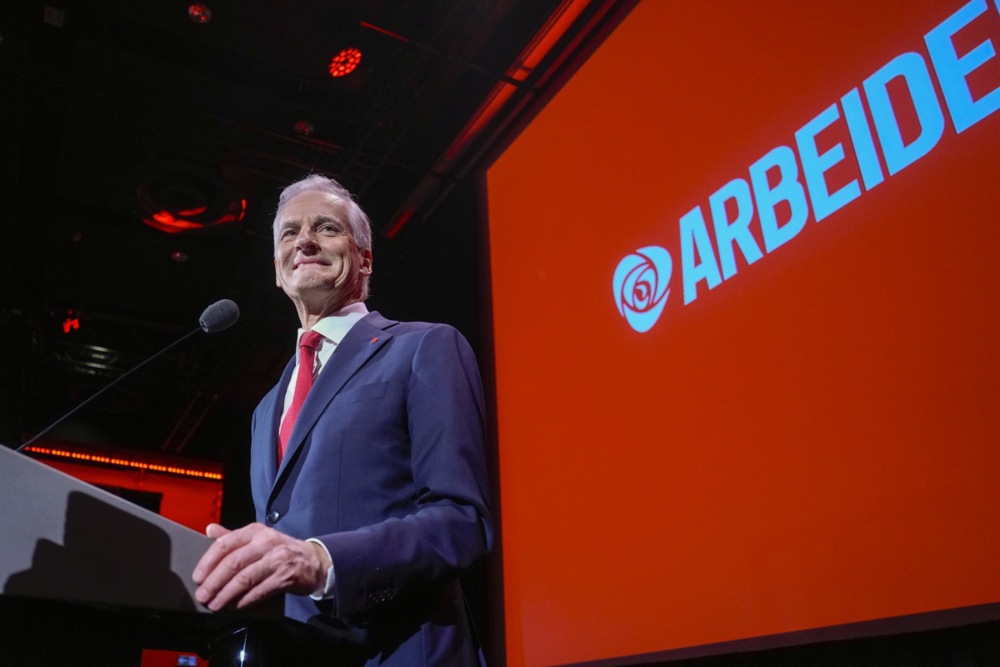Former European climate czar and current leader of the Dutch merged GroenLinks–PvdA part, Frans Timmermans, is struggling to win over voters, including those within his own political camp.
One critic has called the former EU heavyweight a “leftover figure.”
According to new polling by Ipsos I&O for Nieuwsuur, only 32 per cent of GroenLinks–PvdA supporters plan to vote for Timmermans in the upcoming general election.
This marks a significant decline from the previous ballot, when 46 per cent backed him personally.
Despite leading a party currently polling in third place nationally, Timmermans’ appeal appears to be largely limited to his existing base.
Political analyst Arjan Noorlander attributes the slump partly to the lingering identity crisis within the GroenLinks–PvdA merger.
“Many voters see Timmermans as a leftover figure from the fusion, rather than the fresh face they had hoped for,” Noorlander said.
“There’s an appetite for renewal but, for now, the party must make do with Timmermans.”
Separate research by the RTL Nieuws panel in late September painted a similar picture, showing that beyond the party’s base his popularity was very low.
Pollster Gijs Rademaker noted that just a quarter of the public see Timmermans as suitable for the premiership, compared with 28 per cent for D66 leader Rob Jetten and 50 per cent for CDA leader Henri Bontenbal.
“Voters consider Timmermans intelligent and knowledgeable,” Rademaker said, “but they don’t view him as a unifier or a strong leader, two traits crucial for broad electoral appeal.”
Only 24 per cent of respondents described him as a connector and 23 per cent as a strong leader.
Timmermans is not the only leader struggling to inspire loyalty within their own ranks.
Liberal VVD leader Dilan Yeşilgöz faces similar challenges: Just 36 per cent of voters who identify with the Liberal party say they intend to vote for her personally.
By contrast, 86 per cent of PVV supporters plan to vote for its head Geert Wilders and 79 per cent of CDA voters for its chief Henri Bontenbal.
These dynamics are reflected visually in the parties’ campaigns.
While Wilders and Bontenbal appear prominently on their respective posters, both Yeşilgöz and Timmermans have been left off theirs.
Party strategists reportedly believe that the brand is more appealing than the individual leaders, a notable shift from the previous election, when Yeşilgöz featured prominently on VVD billboards.
While the low personal support may not directly threaten Timmermans’ leadership in the short term, it poses strategic challenges.
Dutch voters can vote for individual candidates on party lists and while most still choose the party leader, discontent can sometimes lead to internal friction.
In 2006, VVD candidate Rita Verdonk famously received more votes than her party leader, Mark Rutte, sparking a crisis that ultimately led to her departure from the party.





